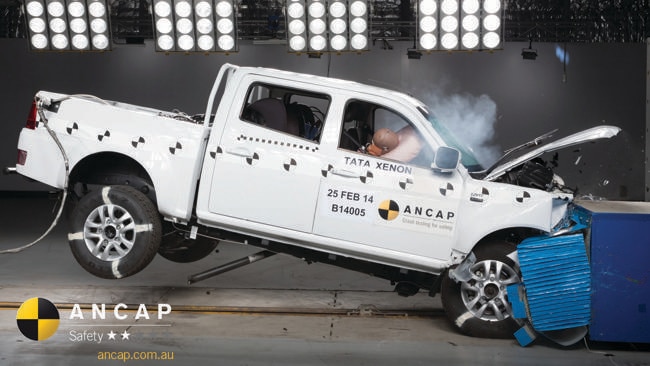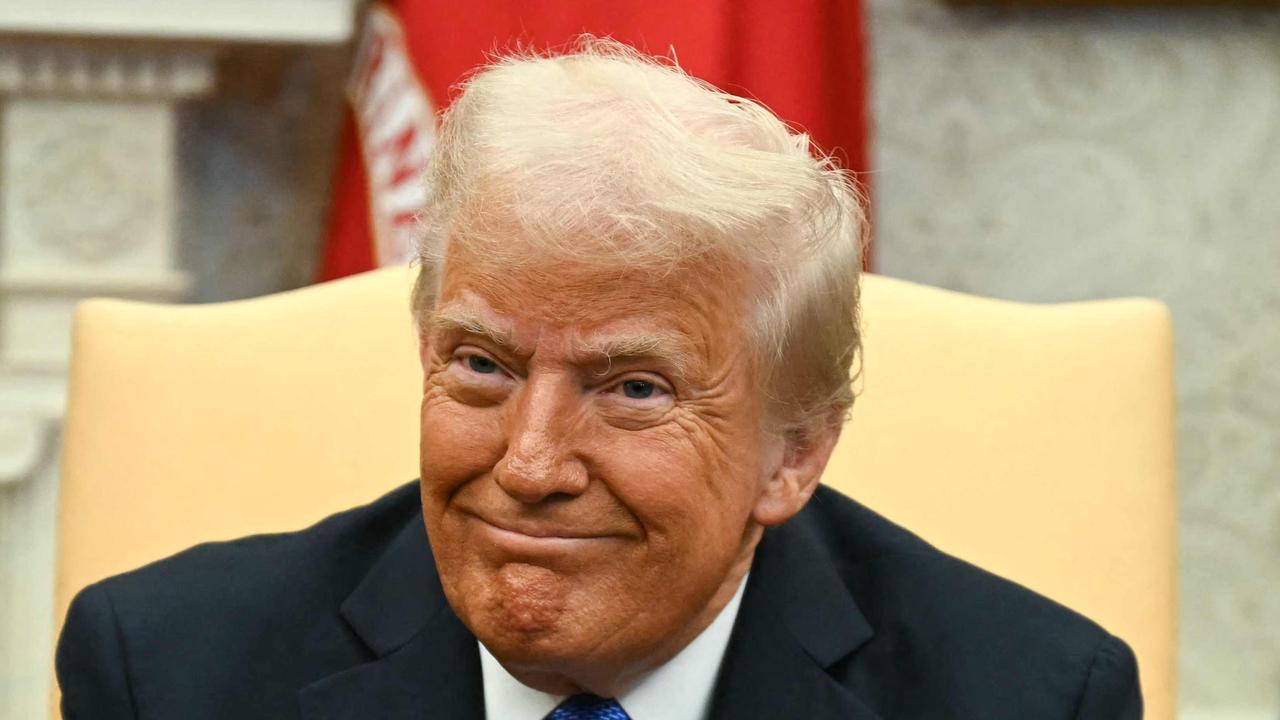Indias budget-priced Tata ute earns two stars out of five
AN INDIAN-made ute has scored just two stars out of a possible five for crash safety, joining two Chinese-made Great Wall utes for score.

Manufacturing
Don't miss out on the headlines from Manufacturing. Followed categories will be added to My News.
AN INDIAN-made ute has scored just two stars out of a possible five for crash safety, joining two Chinese-made Great Wall utes that received the same “poor” rating four years ago.
The result has concerned the nation’s peak safety body given that more cars are due to be imported from developing countries in the coming years.
“With the demise of local vehicle manufacturing on the horizon, we are sure to see a range of new models hitting our shores from emerging markets,” said Lauchlan McIntosh, the chairman of the Australasian New Car Assessment Program.
ANCAP is a not-for-profit independent body funded primarily by roads and traffic authorities and motoring services bodies in each state and territory.
“ANCAP will keep on top of these and ensure motorists are being offered the safest cars possible,” said Mr McIntosh.
The Tata Xenon ute, which went on sale last October, is the fourth vehicle to earn such a low safety score in the past five years.
The only vehicle to score lower than a two-star rating in that time is the Malaysian-made Proton Jumbuck ute, which scored just one star when it was tested in 2010.
ANCAP said the Tata ute “performed fairly well” in the frontal offset crash test but was penalised for its lack of stability control, which can prevent a skid in corners and deemed to be the next lifesaver after the invention of the seatbelt.
Stability control technology has been compulsory on passenger cars sold in Australia for the past two years, but is yet to be mandated for commercial vehicles.
ANCAP also noted the Tata Xenon lacks side and curtain airbags; the majority of new utes on sale now come with at least six airbags as standard.
The managing director of Tata Motors Australia, Darren Bowler, said: “We’re confident the safety score will improve with the arrival of updated models with stability control in the coming months. If you look at the occupant protection score in isolation, the Xenon ute already performs better than many established brands.”
Just 100 Tata Xenon utes have been sold in Australia since October last year. An updated range with stability control is due midyear.
The Tata ute line-up starts at $20,990 drive-away but the model tested was a dual-cab ute that costs $23,490 drive-away and has a rear-view camera as standard to help boost its safety score.
ANCAP crash tests are done at a higher speed than the Federal Government requirements, but have become the default standard internationally and are credited with the dramatic improvements in car safety over the past 10 years.
The occupant protection score is measured after crashing a car at 64km/h. To test the structural integrity of the vehicle and to mirror a head-on crash, 40 per cent of the frontal area (on the driver’s side) strikes the barrier.
Five-star safety utes, offset crash-test scores into a barrier
Ford Ranger ute 15.72 out of 16 — October 2011
Mazda BT-50 ute 15.72 out of 16 — December 2011
Holden Colorado ute 15.09 out of 16 — July 2012
Isuzu D-Max ute 13.58 out of 16 — November 2013
Toyota HiLux ute 12.86 out of 16 — November 2013
Four-star safety utes
Nissan Navara ute 10.56 out of 16 — February 2012
Mitsubishi Triton ute 9.08 out of 16 — February 2010
Two-star safety utes
Tata Xenon ute 11.27 out of 16 — March 2014
Great Wall V240 ute 2.36 out of 16 — June 2009
One-star safety ute
Proton Jumbuck ute 1.0 out of 16 — February 2010
This reporter is on Twitter: @JoshuaDowling
* Footnote: The Tata Xenon ute was upgraded to a four-star ANCAP safety rating in September 2014. The crash protection is the same but the score increased from two to four stars as the vehicle is now equipped with electronic stability control.


